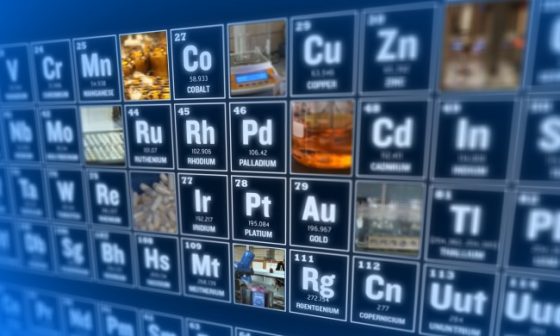Periodicity

What is in this section?
There are trends in the physical properties of elements in the periodic table. These include properties as you go down group 2 and across period 3.
Choose from the options below to learn about the trends in some of them.
Classifying the elements
The modern periodic table is a chart that shows the known elements. These are organised into periods and groups. There are four blocks of elements in the periodic table:
- s-block
- p-block
- d-block
- f-block
The diagram below shows a periodic table with these blocks marked.
The d-block contains the transition metals. IUPAC defines a transition metal as:
An element whose atom has an incomplete d sub-shell, or which can give rise to cations with an incomplete d sub-shell.
Using this definition, some d-block elements are not transition metals. Zinc is one of these elements:
- zinc atoms have the electronic configuration: [Ar] 3d10 4s2
- and zinc always forms Zn2+ ions, which have a complete 3d sub-shell: [Ar] 3d10
s-block
The outer electrons in the atoms of s-block elements are in an s sub-shell.
p-block
The outer electrons in the atoms of p-block elements are in a p sub-shell. There are six columns because a maximum of six electrons can occupy a p sub-shell.
d-block
Atoms of d-block elements have one or more outer electrons in the d sub-shell, but no electrons in the corresponding p sub-shell. There are ten columns because a maximum of ten electrons can occupy a d sub-shell. Notice that lanthanum [Ar] 5d1 6s2 and actinium [Rn] 6d1 7s2 are d-block elements. They are the first members of the lanthanoids and actinoids.
f-block
Atoms of f-block elements have one or more outer electrons in the f sub-shell, but no electrons in the corresponding p or d sub-shells. There are 14 columns because a maximum of 14 electrons can occupy an f sub-shell.

 Trends down group 2
Trends down group 2  Trends across period 3
Trends across period 3